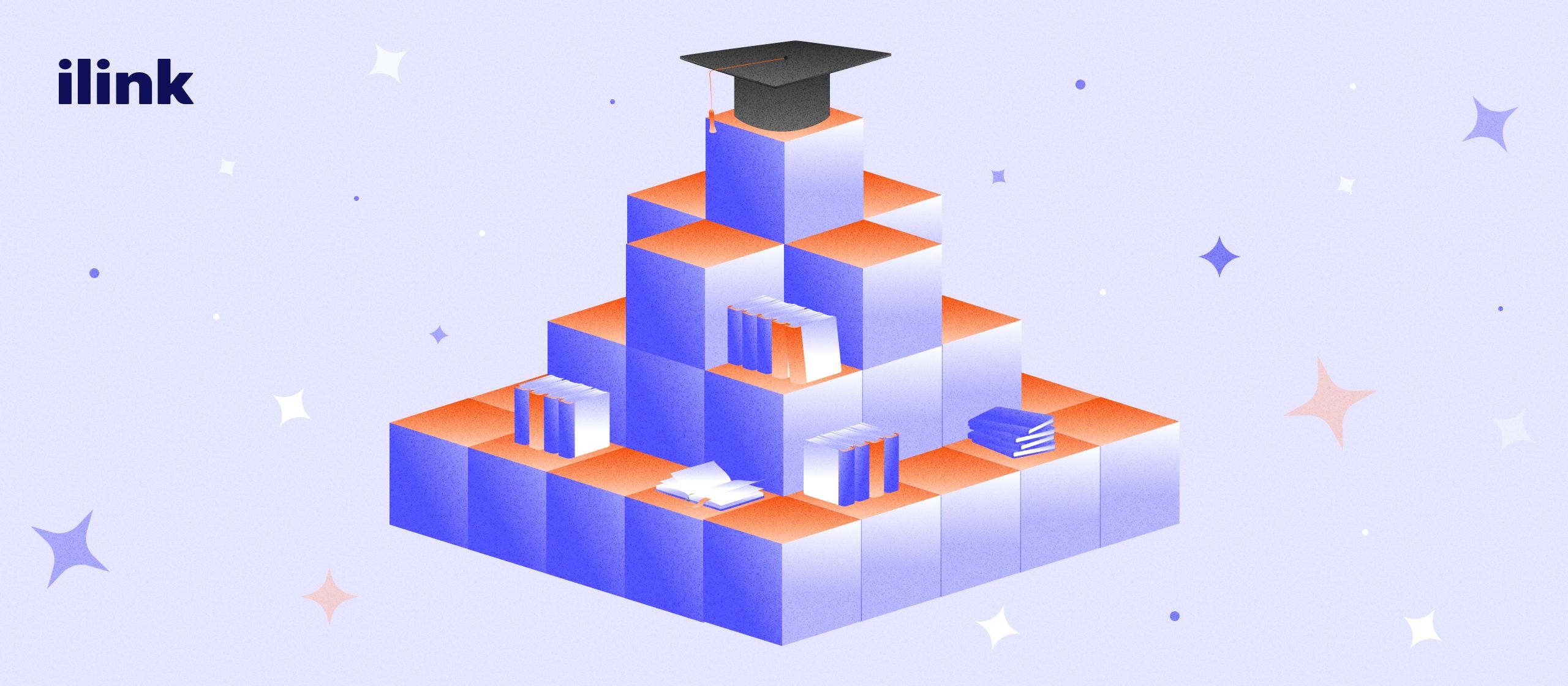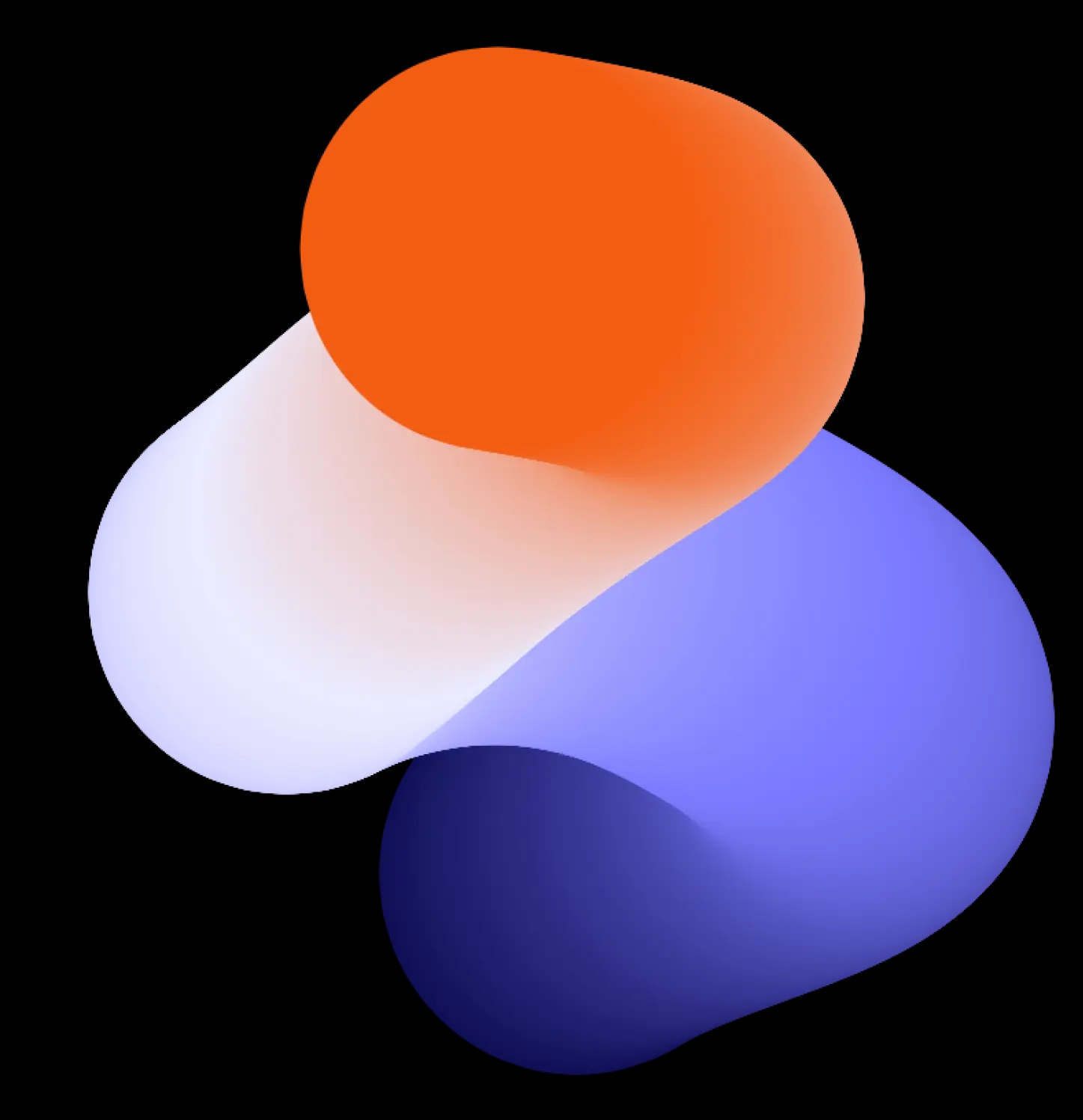What is a DApp? A Comprehensive Guide to Decentralized Applications in Blockchain and Cryptocurrency

Introduction
As blockchain technology continues to evolve, decentralized applications (DApps) are becoming increasingly important in reshaping industries such as finance, gaming, supply chain management, and social media. DApps leverage the power of blockchain technology to provide secure, transparent, and tamper-resistant applications that run without centralized control.
In this article, we’ll explore what a DApp is, how it works, and its importance in both blockchain and cryptocurrency ecosystems. We’ll also cover some of the benefits and challenges of developing decentralized applications.
What is a DApp?
A DApp (Decentralized Application) is an application that runs on a blockchain network, rather than being hosted on a centralized server. Unlike traditional applications, DApps utilize smart contracts to perform operations automatically, enabling peer-to-peer transactions without the need for intermediaries.
Key Features of a DApp:
- Decentralization. Data and control are distributed across a peer-to-peer network of nodes instead of being managed by a single centralized entity.
- Open-Source. Most DApps are open-source, meaning anyone can review, modify, and improve the application’s source code.
- Smart Contracts. DApps rely on smart contracts to automate and enforce rules and transactions directly on the blockchain.
- Cryptocurrency Integration. DApps often utilize cryptocurrency tokens for transactions, incentivizing users and developers alike.
What is a DApp in Blockchain?
In the context of blockchain, a DApp is a software application built using blockchain technology that interacts with a distributed ledger. These applications utilize the benefits of blockchain's decentralized nature, providing more security, transparency, and user control over data than traditional apps.
Key Aspects of a Blockchain-based DApp:
- Decentralization. Blockchain networks like Ethereum, Polkadot, and Binance Smart Chain provide the infrastructure for DApps to operate without central authorities.
- Smart contracts. A smart contract is self-executing code stored on the blockchain that automates processes like transactions, agreements, and data transfers.
- Tokenization. Many blockchain DApps rely on cryptocurrency tokens (e.g., ETH, BNB) for payments and incentives within their ecosystems.
- Security. Data on the blockchain is immutable, meaning once it’s written, it can’t be altered or deleted, ensuring transparency and security for DApp users.
Popular blockchain DApps include Uniswap (a decentralized exchange), Aave (a decentralized lending platform), and Compound (a decentralized finance (DeFi) platform).
What is a DApp in Cryptocurrency?
In the world of cryptocurrency, a DApp plays a pivotal role in enabling decentralized, peer-to-peer transactions. Cryptocurrency DApps allow users to transact directly without the need for intermediaries like banks or traditional financial institutions. These applications typically rely on cryptocurrency to power transactions and provide rewards for participants.
Examples of Cryptocurrency DApps:
- Decentralized exchanges (DEXs). Platforms like Uniswap and SushiSwap allow users to trade cryptocurrencies without relying on a central exchange, using smart contracts to facilitate transactions directly between wallets.
- DeFi platforms. DeFi DApps like MakerDAO and Aave enable users to lend, borrow, and earn interest on cryptocurrency assets in a completely decentralized manner.
- Cryptocurrency wallets. Many DApps in cryptocurrency are wallets like MetaMask and Trust Wallet, which allow users to interact with the Ethereum blockchain and other networks to manage and store their crypto assets.
Cryptocurrency-based DApps have empowered users to gain more control over their finances and data, playing a significant role in the rise of Decentralized Finance (DeFi).
Contact ilink - our team of blockchain developers and smart contract experts can help you design and develop secure, scalable DApps for your business. Let’s create the next generation of decentralized applications together!
Key Features of DApps
To better understand the role of DApps in blockchain and cryptocurrency, it’s important to know the core features that differentiate them from traditional applications:
Decentralization. Unlike traditional apps, DApps operate without a central authority. This means the control, operation, and maintenance of the app are distributed across the network, offering higher transparency and security.
Open Source. Most DApps are built using open-source code, meaning that developers can freely access, modify, and improve the app. This fosters collaboration and innovation within the community.
Smart Contracts. Smart contracts automate processes within a DApp. These self-executing contracts are programmed to run when certain conditions are met, providing trustless transactions without the need for intermediaries.
Cryptocurrency Integration. DApps often rely on cryptocurrency for internal transactions. This can include rewarding users with tokens for specific actions, handling payments for services, or providing governance rights within the ecosystem.
How DApps Work
A DApp functions through two primary layers: the frontend and the backend (blockchain network).
Frontend. The frontend is the user interface that users interact with. It can be a web or mobile app that connects to the blockchain using web3.js or similar libraries, enabling interaction with smart contracts and cryptocurrency wallets like MetaMask.
Backend (Blockchain Network). The backend is where the core logic of the DApp resides. It consists of the blockchain network, which stores the data and smart contracts. When users interact with the frontend, it triggers transactions or events on the blockchain network through smart contracts.
Interaction with Web3 Wallets. Users interact with DApps through web3 wallets, such as MetaMask, which connect their wallets to the DApp and allow them to send and receive transactions using cryptocurrency.
Popular DApps
Some popular DApps have gained significant traction in both blockchain and cryptocurrency spaces:
DeFi DApps:
- Uniswap. A decentralized exchange (DEX) that allows users to trade Ethereum-based tokens without a central intermediary.
- Compound. A DeFi lending platform where users can borrow and lend cryptocurrencies.
NFT DApps: OpenSea. A popular NFT marketplace that allows users to buy, sell, and trade non-fungible tokens (NFTs). Rarible. Another NFT marketplace for creators and collectors to mint, buy, and sell digital assets.
Gaming DApps:
- Axie infinity. A blockchain-based game where players can buy, sell, and trade NFT pets and land within the Ethereum blockchain.
Benefits of DApps
DApps offer several advantages over traditional applications:
- Security and transparency. Data on the blockchain is immutable, meaning that once information is recorded, it cannot be altered or erased.
- No central authority. DApps operate without the control of a centralized entity, ensuring that users are not dependent on any one organization.
- Incentives and tokenization. DApps can reward users with cryptocurrency tokens, encouraging active participation and ecosystem growth.
- Privacy. DApps allow users to maintain control over their own data, enhancing privacy and user autonomy.
Challenges of DApps
While DApps offer many advantages, they also face challenges:
- Scalability. Blockchain networks often face issues related to transaction speed and scalability, particularly during times of high demand.
- User experience. DApps can have a steeper learning curve for new users, and their interfaces may not be as polished as traditional apps.
- Regulation. The regulatory landscape surrounding cryptocurrencies and DeFi applications is still uncertain and evolving.
DApps are rapidly gaining popularity within the blockchain and cryptocurrency ecosystems due to their decentralized nature, transparency, and enhanced security. These applications are reshaping industries by enabling users to interact with smart contracts, exchange assets, and participate in DeFi ecosystems without relying on traditional intermediaries. As blockchain technology continues to mature, DApps will play a crucial role in the next phase of digital innovation, providing users with more control over their data and transactions.
Comments (0)
Latest Posts

Understanding the mechanics of these platforms is crucial for anyone looking to participate in the world of NFT trading and digital ownership.

In this article, we will dive into the key roles in a blockchain development team, the necessary skills for each role, and the tools and methodologies that help these teams collaborate efficiently and deliver top-notch blockchain applications.
Do You Have Any Questions?
Leave your details - we will contact you to answer all your questions

